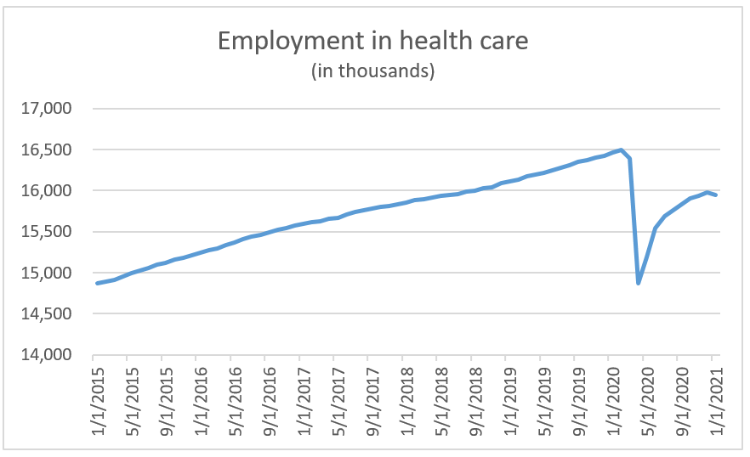The coronavirus pandemic has presented a host of challenges for health care providers—but now that a vaccine has rolled out and providers prepare for a new normal after the pandemic, there are opportunities as well.
One way to capitalize on these opportunities is through enhanced use of data analytics, which hospitals can utilize to manage their capacity and talent more effectively.
As with other industries, health care providers have had to transform themselves technologically in a way that was hard to envision pre-pandemic. Whether it’s dealing with a distributed workforce, serving patients remotely or managing their business more efficiently, health care providers are increasingly trying to do more with less—also known as capacity management.
Consider the widespread delays in non-emergency services: As the pandemic raged, hospitals—often under orders from state officials—put off many of these procedures in order to make room for COVID-19 patients.
But just because a pandemic raged didn’t mean that people stopped having bad knees or broken hips that needed replacing. If anything, the demand for these elective procedures has increased. Now, with pent-up demand for these services, how health care providers handle an influx of patients will likely dictate their success—or failure.
Another emerging health care issue is talent management: Because demand will be difficult to predict, it’s critical to ensure that a health care provider’s talent pipeline is prepared. As an industry, health care has yet to recover from the employment losses brought on by the pandemic. Thus, we expect a need for optimizing the talent in this industry, especially in regard to nurses and other frontline employees.



